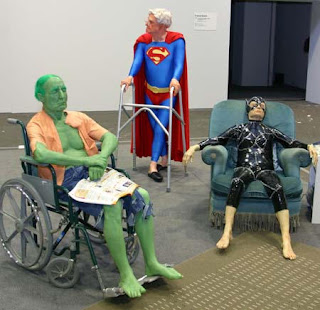Drawing/Painting
Ms. Teri Dillon Scott Visual Arts Faculty
Office: 650-851-6153 email: tscott@prioryca.com
Course Description:
We will study drawing through the graphic elements of line, plane, tone, shape, form, volume, rendering, and perspective. We will study light and shadow and the analysis of basic forms, structure, proportion, symmetry, balance, and rhythm. We will be studying color, light, paint, encaustic and learn how to stretch canvases. This class encourages self-expression in a wide variety of media. Technical information about materials and media and working in/maintaining a studio are part of many projects. Students will learn the vocabulary and processes to build a strong foundation in drawing and painting. Presentations on historical drawing/painting and contemporary drawing/painting artists will supplement the course. Students will be expected to keep a sketchbook and turn it in at the end of each quarter.
Course Requirements:
Actively participate in all class activities including critiques and field trips.
All-School Art Show
Help plan, set up and take down the all school art show in April.
Critiques (discussions about the work) will be held after the completion of all major projects and will be held on announced dates. These group discussions are invaluable as a troubleshooting aid as well as an arena for expanding ideas. Attendance with completed work is mandatory. Participation during critiques is required, in this portion of the class you will begin to develop your critical thought process and gain the insight of your peers.
Maintain Studio We are a “community of artists and designers” using this space and we (all of us) are responsible for keeping it clean and organized—not the maintenance staff or the teacher or studio assistants. This means cleaning more than just your personal workspace. An organized studio promotes working and that is what we are here for. You will be required to keep up with studio maintenance.
Grading will be based on participation, effort and completion of project criteria. The willingness to learn and to improve is far more valuable than already-acquired skill. Taking pride in your work and doing the best job you can is what you should always strive for. Specific grading details (point values) will vary from project to project. Quality and timeliness of assigned projects: You are expected to complete all assigned work on time and to the best of your ability. Your ability will improve drastically over the course of the year as long as you continue to challenge yourself and work diligently. Late or poor-quality work will result in a lower grade. You can improve the quality portion of your grade by reworking or improving the quality of the project, this won’t affect the on-time portion of your grade.
Resources: You will be given ample resources throughout the year which may include handouts, slide presentations, guest lectures, field trips, videos, and anything else I find to help encourage, inspire, challenge, excite, or surprise you.
Materials Fee: Due to the high cost of consumable art materials each student’s bookstore account will be charged a materials fee of $50 per semester.
Open Studio: The Fine Arts building is open every H block and after school most days until 4:00pm. If you need extra time feel free to arrange it.
Instructional Methods: Demonstrations, lectures, group projects, working critiques, videos, slides, books, guest artists, field trips.
Assessment Methods: Projects, participation, effort, quality of work, written assignments, exhibitions, critiques, sketchbook, final portfolio.
Plagiarism: Plagiarism is defined as the act of representing the work on another as ones own regardless of how that work was obtained and submitting it to fulfill academic requirements. All work must be original. If students use someone else’s work or image as a basis for their own pieces, there must be SIGNIFICANT alteration to the piece for it to be considered original.
Sketchbooks
Please bring your sketchbook to class every day, we will work in our sketchbooks regularly. These should be private, personal creative spaces for ideas, thoughts and feelings.
Places to purchase materials:
Some students may wish to purchase additional materials for the class.
University Art Center 267 Hamilton Ave, Palo Alto 650-328-3500
Accent Arts 392 S. California Ave, Palo Alto 650-424-1044
























